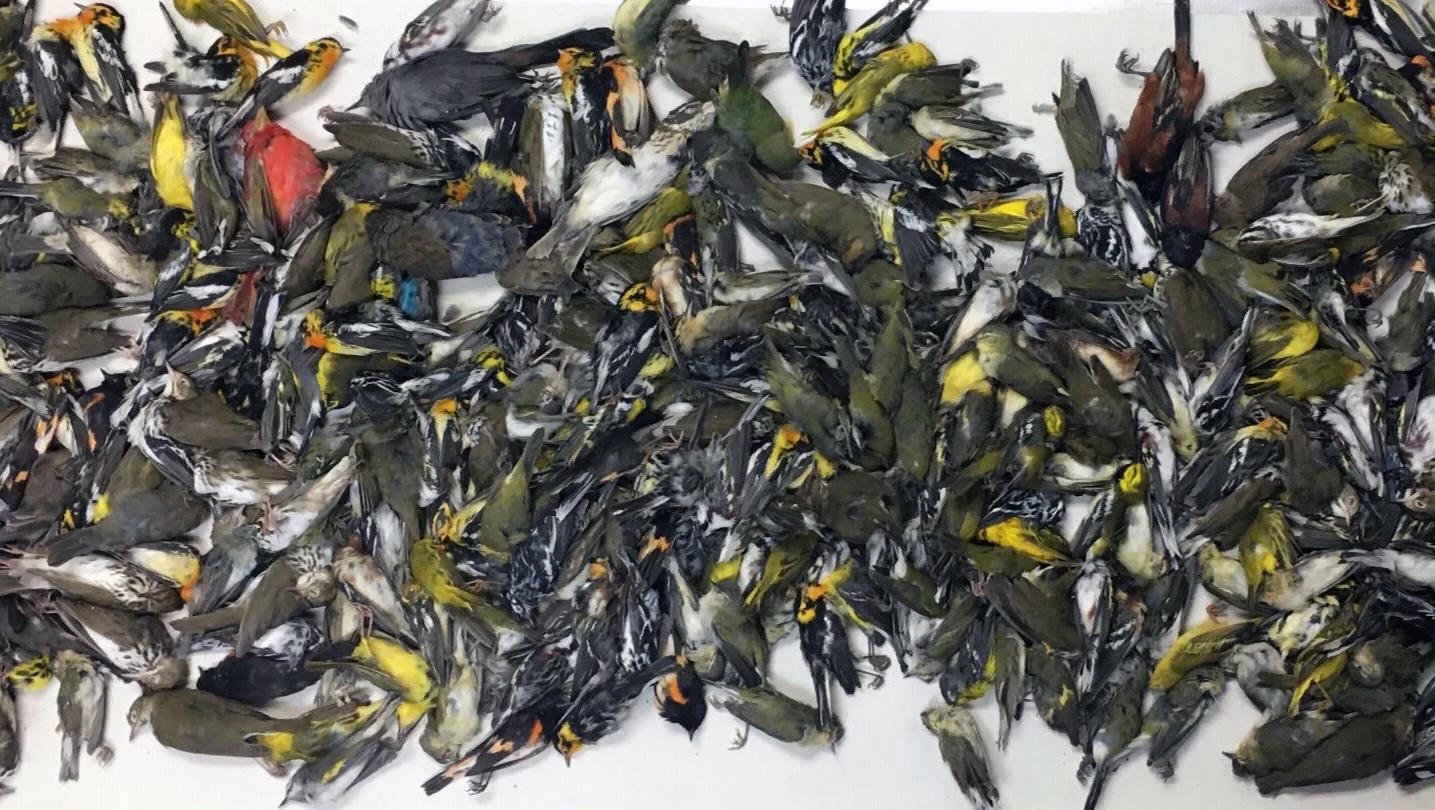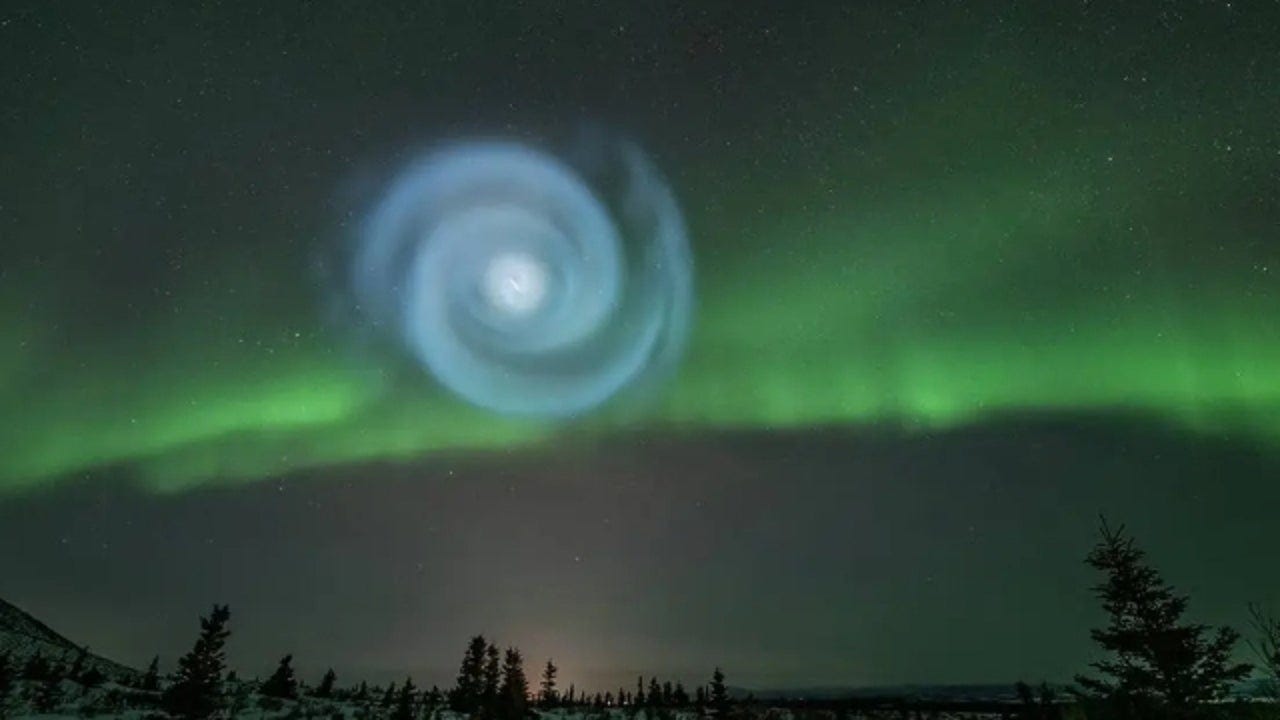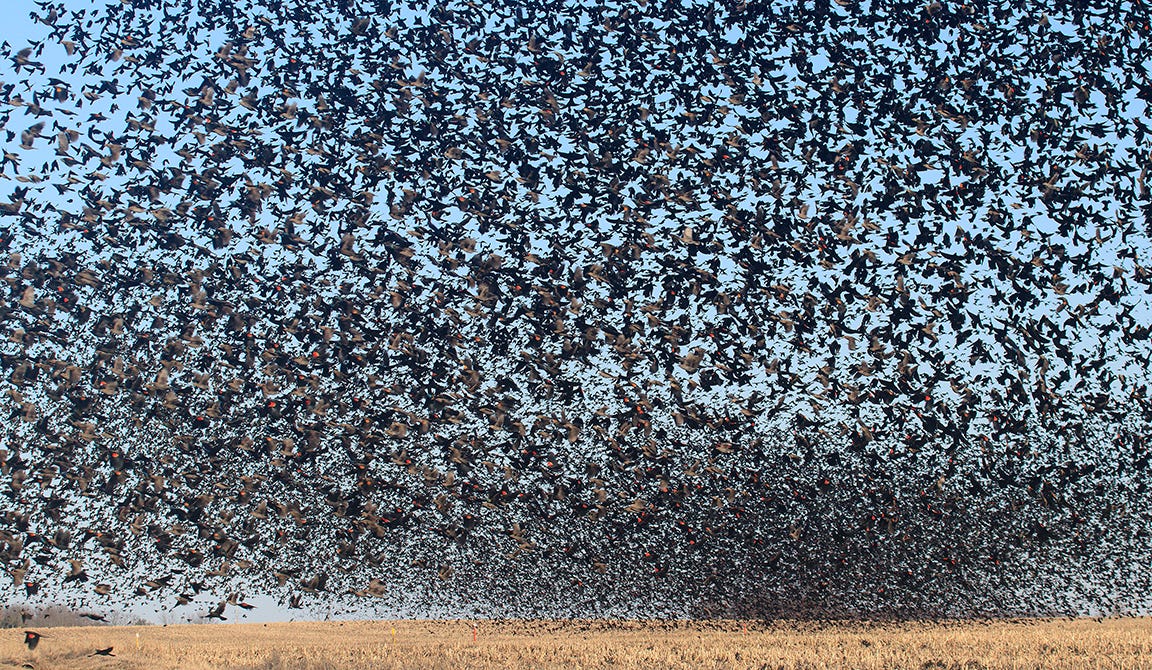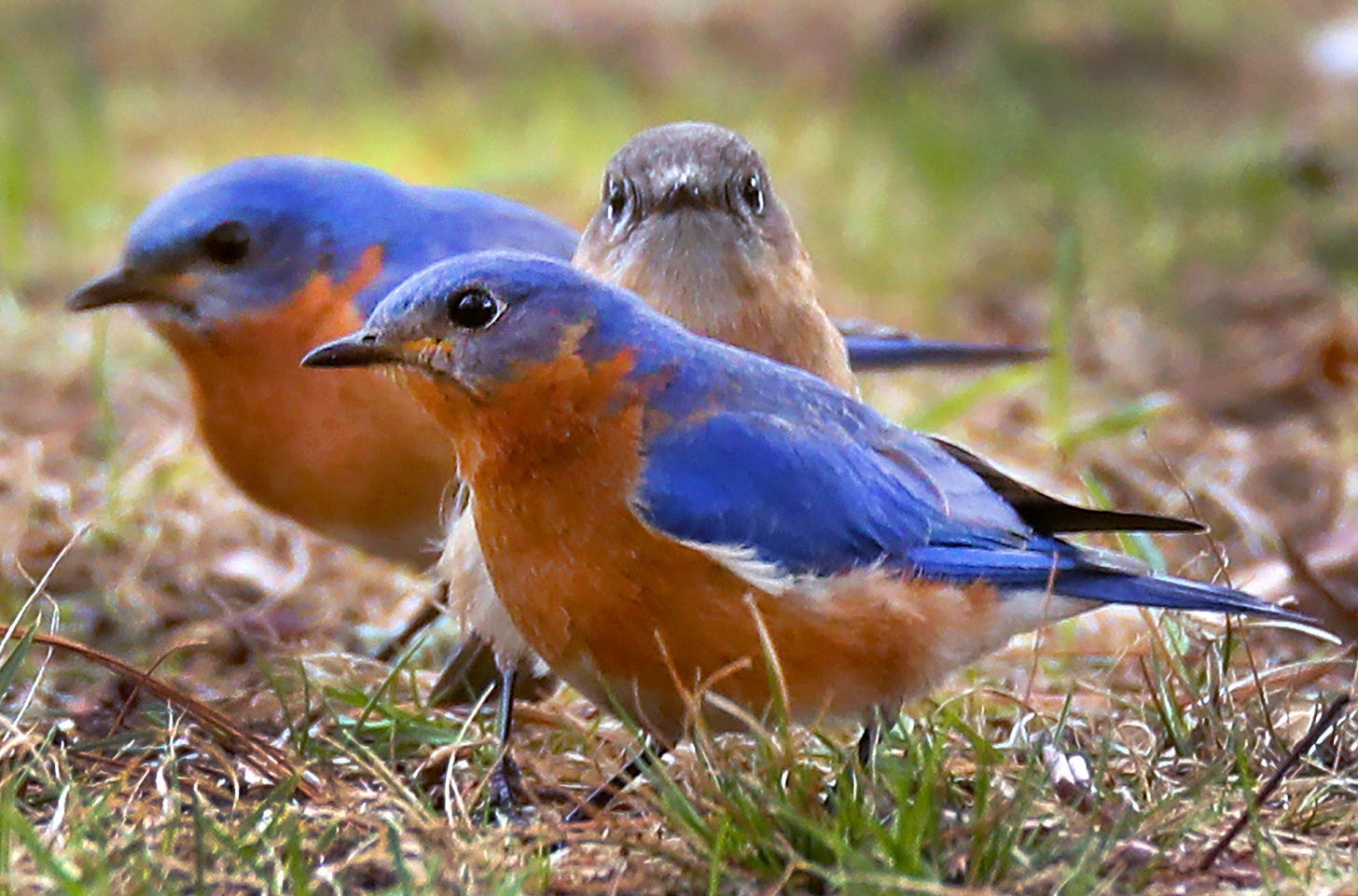
As the fledglings of the second-generation Flashbirds are thrown out in the wild, Na-Yeli’s fracture has set enough for her to be able to make a trip to the bottom of the Ridge around the World. Somewhat reluctantly—as all careful doctors seem to do—the autodoc allows her to walk. Possibly, the weak gravity plays a role, but Na-Yeli isn’t complaining, as she was sick and tired of being limited to her wheelchair. Nevertheless, she takes it easy, and with a few long and well-planned rests, she arrives at the bottom of the ridge three days later, near one of the narrowest canals.
Careful not to do destructive interference, she’s prepared several micro-Kittis that will dig themselves into the bottom of the ridge. Then, she sets up camp and starts preparing a large piece of ultrasonography equipment. This will take a few days, days Na-Yeli easily has as she’s barely passed the halfway mark of her recovery. No Flashbirds to distract her here in the middle of the globe-spanning desert. Yet it’s a desert crossed by several small rivers that end up in four large lakes. These four lakes are interconnected by four thin waterways—they aren’t artificial, yet they look like canals—meaning there’s water everywhere at the very bottom of the ridge mountain.
Strangely, those rivers and lakes do not re-introduce fertile land, almost as if all the organic matter of the tropics has been used up for something else. Na-Yeli suspects that the evidence is already looming before her very eyes.
Reports of her micro-Kittis and ultrasonography equipment show what she already suspected. The ridge—at least at the base—is basically one colossal root system held up by a type of, probably organic, cement. The roots suck up water from the lakes and canals that encompass them. But that water has to go way, way, way up. How is that possible?
The highest trees on Earth were the redwoods in California that could surpass one hundred meters. Higher than one hundred and thirty meters wasn’t possible because that was the limit as to how high the capillary action could pump up the water. Well, that was at one full G. In this layer, gravity is one-quarter of that at the bottom and one-eighth of that near the top of the Ridge Mountains. Even if the capillary action of these humongous roots could get water four to eight times as high, that’s about five hundred to a thousand meters. Say a kilometer max. Yet the very top stands at a harrowing thirteen kilometers. So what gives?
Currently, Na-Yeli’s single piece of ultrasonography equipment can sense up to fifty meters deep and high. She wishes to look up higher. Climbing the ridge is out of the question—even at this low gravity, the autodoc will, if not outright kill her, at least make her life hell—so she’s got to find a different way.
First, refurbish her micro-Kittis with flying capabilities, then let them enter at different heights. Second, produce a few more pieces of ultrasonography equipment. Like the meteorological instrument SODAR, they should be able to sense at higher altitudes by working in concert. It takes her almost two weeks to finish the extra ultrasonography machines and get them running. By that time, the samples of her upgraded drones have given her a good idea of where to aim the concerted ultrasonography machines at—that is, almost five hundred meters up.
The first reading confirms her expectations: a water reservoir at approximately five hundred meters. To be sure, she performs several more measurements until the conclusion becomes inescapable. That’s the trick, Na-Yeli thinks, the roots pump up the water some five hundred meters—through capillary action—and then dump it in an intermediate reservoir. From that reservoir, the second root system pumps it up to the second reservoir. The roots can be longer as the gravity decreases, so maybe there are less than twenty-six five hundred meter stages. It’s incredible and mind-boggling, nevertheless.
The whole set-up appears to be a strange mix of evolution—like giraffes growing taller to eat from treetops and trees growing taller to escape that—and planning because Na-Yeli truly wonders if evolution could invent such a staged water transport system. She can imagine roots that support lashing tendrils that try to catch birds. Then, as the birds choose to fly higher, the Tentacle Forest grows upwards, as well, and develops a better bird-sensing system in the process. So far, so good.
But how can the tentacles—even if they were five hundred meters long, to begin with, launch those dead birds into the mini-Sun? Initially, as the roots have grown to their maximum length, they must still overcome twelve kilometers of height. An impressive feat even in this low gravity. Then again, a two-hundred-meter Trebuchet Tree managed this with much heavier loads, choosing just the right parabola. So a five-hundred-meter whiplash from hell, launching a much lighter object—well, maybe. Or did they keep using the Trebuchet Tree until the Wall of Tentacles had become high enough, meaning they’d use all the—at that time very plentiful—organic material in the tropics and left the Trebuchet Tree for last?
On a quiet night, she’s tried to increase the sensitivity of her electromagnetic sensors to their highest setting—and beyond, if possible—and she does find signs of signals barely above the sensing and noise thresholds. The superposed aliens, according to LateralSys? Na-Yeli has always thought of that one as one of the rare times that her hyper-creative right brain went a bit too far. Still, she’s got the strong impression that something guided this strange sequence of events, that it’s not just an advanced form of evolution. To be determined, she thinks, Once we get back to civilization.
As Na-Yeli makes her way back to the temperate region—careful to dismantle the ultrasonography machines in an ecologically friendly manner—she’s close to a full recovery. So, the time has come to make her escape plans. She could try to tunnel under the Ridge Mountain, but that might get her dangerously close to the spaghettifying barrier. She could dig her way through the base of the Ridge Mountain, but that might damage some roots, so she keeps that as plan B.
No, to her the right way is to develop a stealth material so she can fly through—or just over—the Wall of Tentacles without being detected. She knows the sonar frequencies involved, and her database contains the applicable stealth materials. Then it’s a matter of reprogramming the metamaterials of her exoskin, and she’s ready to go.
However, she remains the slow CEO and wishes to test her idea before putting her own ass on the line. She’s been whiplashed down once already, and as far as she’s concerned, that was one time too many. So she prepares a drone the size of an adult Flashbird, covers it with the correct stealth material, and launches it at the Wall of Tentacles.
In her absence, the Flashbirds have multiplied, as expected. As their numbers are now somewhere between two and three million—the best rough estimate Na-Yeli can make—these birds are now everywhere except in the foodless desert. As Na-Yeli launches her test stealth probe—to be accompanied, at a safe distance, by a few observation probes—she notices that a few inquisitive Flashbirds follow it. Don’t stay with it, she thinks, or you’ll regret it. Yet she can’t stop them.
The stealth probe rises up and heads for the equator, its observation probes a few hundred meters behind. The Flashbirds follow it with ease, a single one so exuberant it flies circles around it. Na-Yeli begins to regret not developing something to keep them away—an irritating sound, a horrible stench, whatever—even if she realizes that she’s being stupendously sentimental. There are now several millions of Flashbirds, a few won’t go amiss.
But she has trouble thinking like that. She’s come to love these birds, even as she realizes that they’re becoming a suicidal plague. They’re her feathered friends, each and every one of them. Right until the inevitable apocalypse. Actually, she hopes to be away before that, although that looks to be tight.
As the stealth probe approaches the Wall of Tentacles, and the Flashbirds keep following it, unaware of the danger they’re about to fly into, something else strikes Na-Yeli. The Flashbirds will be noticed, she thinks, and as the tentacles lash out at them, my stealth probe may become collateral damage.
She has to get rid of these inquisitive Flashbirds, not just for her well-being, but to do a proper test run, as well. She leads the stealth probe away from the top of the Ridge Mountain and, once they’re at a safe distance, tries a few maneuvers to get rid of the accompanying Flashbirds.
But it’s no good—the Flashbirds are swifter than her probe. She tries to outrun them, but again no dice—these blue-winged, redheaded speed freaks are faster than her probe. She tries more mad movements until the stealth probe’s fuel reserves are below 50%. It’s hopeless. She can’t get rid of them, yet she must do that test.
With lead in her heart, she redirects the stealth probe towards the Wall of Tentacles again. The Flashbirds follow, possibly even more motivated because the stealth probe tried to get rid of them. They will disturb her experiment. Even worse, they will most probably die. Yet there is nothing she can do about it.
The signs appear as the stealth probe and its Flashbird fans come ever closer to the deadly wall. The sonar tendrils increase their lashing frequency, a sure sign they’ve noticed something approaching. The stealth probe gets within striking range but is initially left alone. The Flashbirds are within striking range, too, but so far, the huge tentacles remain quiet. Maybe they’re lucky?
Not really. It’s as if the system was ensuring its aim or waiting until all targets could be attacked at once. As if out of nowhere, three lightning-fast tentacles lash out and catch the three accompanying Flashbirds. Three perfect hits, no energy wasted. They’ve left the stealth probe alone and continue to do so as Na-Yeli steers it across the Wall of Tentacles to the other side.
Once safely through, she turns the stealth probe around and leads it through the Wall of Tentacles once more. Through the stealth probe’s cameras, Na-Yeli notices that the system on the other side is the same—an equator-spanning row of sonar tendrils before the larger whiplash tentacles—and that the other hemisphere seems clear of Flashbirds.
To be on the safe side, Na-Yeli has no choice but to turn around and let the stealth probe approach the Wall of Tentacles once more, this time unaccompanied by Flashbirds. And indeed, this time, the sonar tendrils stay in their lowest detection mode, obviously not sensing the stealth probe. Nothing untoward happens as it goes through and back through again.
The test is a success, even as the stealth probe barely has enough fuel left to make it back to Na-Yeli. She’s almost fully recovered. A few more days of tests, as she’s training to get her body back in top condition. Stretching exercises for her hand and arm. Running and a few short gliding flights to get back into things. In a few days, she could be moving on. However, the Flashbirds’ innate curiosity throws a spanner in the works.
She can’t hide from the Flashbirds; these see her, and there’s no such thing as a perfect invisibility cloak—and this was not for lack of centuries-long trying. When she flies up towards the Wall of Tentacles, in full stealth mode—she’s offered to make a stealth cloak for the Moiety Alien, but it pleasantly declined the offer—she will be followed. She has no idea how to develop a so-called Flashbird deterrent. The sonar tendrils can pick up an irritating sound, and it’ll be hard, nay, next to impossible, to use a repulsive odor in the high winds. And she has no illusions that she can outmaneuver these superb avians. Quite likely, immense selection pressure through several successive near-extinction events has evolved them into the well-nigh-perfect flying machines they are.
While Na-Yeli was astounded by the striking precision of the whiplash tentacles—again, immense selection pressure at work—but with a flock of Flashbirds around her, her chances of becoming, well, collateral damage—she hates the expression—are much bigger. She only has to imagine one whiplash tentacle trying to lash through her to get to a Flashbird behind her.
Then there’s plan B, but the slow CEO does have some pride, and wants to show KillBitch that she sometimes does have what it takes. Furthermore, she is under no illusion that she can prevent the next aviancide. The second generation has grown up, and breeding season number three is on its inexorable way. Food will run out, leading to the inevitable one-way migration to Hell, the next Great Suicidal Trek. She just hopes that she won’t have to witness it.
Unfortunately, that’s not how the cards are dealt.
The Flashbirds are desperate. They’ve searched all possible places, every little nook and cranny this side of the Ridge Mountain, but food is scarce everywhere. And while they do eat insects—which are at a tremendous premium, as well—they’re not carnivores, so acts of cannibalism are out of the question.
Something glitters at the very edge of their horizon. Even if it’s not gold, even if it’s not food, it might be the Golden Gate to a new paradise, a foreboding gateway to a land of, well, not milk and honey, but of seeds and insects.
Off they go, the first wave of ravenous Flashbirds. Some may have a sense of unease, a trepidation as they approach the glimmering barrier—the Wall of Tentacles whose sonar tendrils lash in high frequency as they sense incoming targets, a huge amount of incoming targets—but the all-consuming hunger overrides all common sense. They have no choice: it’s either a certain, slow-motion death from starvation or a quick death in the final fight for survival. Only the latter offers hope of food.
The first wave already amasses several millions of Flashbirds. From above, their wings and heads form one huge, mauve-and-crimson tapestry racing forward, swift in their movements, certain in their intent. From below, their zebra-stripped bellies a leitmotif between fast-fluttering wings, a caravan of courageous camaraderie that would bring tears to even the hardiest of Pied Pipers.
The sonar tendrils are lashing at their highest frequency, and the immense tentacles seem tense in anticipation. As if they’re sensing that something terrible is about to happen, as if some genetically triggered instinct is ringing all its alarm bells, the Flashbirds increase their speed as one, flying into the unknown with all their might.
They enter the danger zone, and for a few seconds, for a few moments frozen in the most dreadful suspense, the Wall of Tentacles hold their fire as the frantically whipping sonar tendrils become nothing more but background noise. Then the first one strikes out, the sonic boom of its whiplash cracking the sky. Its aim is true, and the first Flashbird is caught. Then thousands upon thousands upon thousands follow suit, and the air is filled with the almighty sound of deafening, deadly thunder.
Na-Yeli is circling a safe distance away, recording everything for posterity, silently hoping a few Flashbirds stay with her so that they can survive the ongoing apocalypse. But even that tiny desire is in vain, as the Flashbirds relentlessly speed into the Wall of Tentacles, driven by an instinct stronger than survival.
The Flashbirds are fast and make impressive feints, dives, swoops, and other evasive maneuvers. But, impossibly, the tentacles are even faster, their aim—as the soundscape seems to become cacophonous rather than the sonar-initiated regularity—remains true. Or are they just lashing out at random, knowing they can’t miss? It’s all happening so fast that it’s impossible to see.
Around the mini-Sun, some Flashbirds are so eager to escape the strikes of the blindingly fast tentacles that they hardly notice that they’re flying straight into the sun. Others come too close and fall down, wings burning like so many avian Icaruses.
Still, in the overwhelming mêlée, somewhere in the all-encompassing mayhem, Na-Yeli thinks, hopes, nay, believes that some Flashbirds are coming through. They have to, if not for their own survival and the survival of their species, then for Na-Yeli’s sake. Yes, she’s committed the ultimate sin of the neutral scientific observer, of the impartial biologist: she’s taken a side. She’s with the Flashbirds, having forged an emotional bond with them. She can’t help it, she just adores the blue-white-and-red avians, her feathered friends. Yes, they’ve inevitably become a plague. They had it coming. Yet, she still loves them. Nevertheless, the planned aviancide continues unabated.

There’s a short moment of peace, a stretch of tranquility in the decimating storm as the first wave of Flashbirds is slaughtered. The second wave isn’t long in coming, though. Either the second wave ignores the incessant killing that just took place, or they mistakenly think their kin have gotten through into the promised land. If possible, they enter the next relentless bloodbath with even more speed, aim, and determination. The result is the same: almost all of them are slashed, without mercy, from the sky.
Several waves follow until not a single Flashbird is left in the Northern Hemisphere. Well, maybe a few Flashbirds that were too weak to fly remain. But they’re an easy catch for the Foxy the Cats and Jeffrey VanderBlues’, whose numbers also seem to have increased.
With a grim determination that borders on intense masochism, Na-Yeli has recorded everything. Now that it’s over, she’s sick to her stomach, too nauseous to even think of attempting to pass the Wall of Tentacles herself. Tomorrow, after things have settled down. She flies back to the place where she observed the first surviving Flashbirds and holds a wake for the dead. The Moiety Alien stays next to her, silent as always, but somehow, she senses that its silence is supportive and respectful.
As the cruel mini-Sun sets, she cries herself to sleep.
The next day, after the hyper-activity of yet another massacre has died down, Na-Yeli prepares for her departing flight. She’s decidedly unhappy, and the but all-too-fresh memory of the aviancide—the mass Flash murders—make it difficult to suppress tears. But staying another day is even more painful.
She starts her run, emotionally drained, an empty vessel. With the help of her ion thruster, she becomes airborne. She’s so dulled by the pain that, for a moment, she doesn’t care if her stealth mechanism fails to work, and she’s lashed from the sky, as well. But then KillBitch will try to save her ass again, and she’s been there, done that all too many times already. So she grits her teeth and heads for the top of the Ridge Mountain.
Probably sensing that it doesn’t want to endanger its partner, the Moiety Alien flies a few hundred meters next to Na-Yeli. The sonar tendrils rise their whipping frequency as the Wall of Tentacles sense its approach, yet the main tentacles seem somewhat lethargic, as if they’ve had their fill for the foreseeable future.
The Moiety Alien holds back, waiting for Na-Yeli to go through first. Na-Yeli flies forward into the slowly wavering tentacles, her feelings a mix of dread and sullen acceptance. Nothing happens, though, as she glides through undetected. Her cameras and other sensors make records of the Wall of Tentacles, the position of the sonar tendrils, reverse trumpet ears, the main tentacles, and the heaps upon heaps of dead Flashbirds. Na-Yeli doesn’t want to know about those mass graves to be turned into fodder for the mini-Sun. She keeps gazing straight ahead as they pass through, unattacked.
The Moiety Alien follows a few minutes later. Na-Yeli waits for it in a holding pattern at a safe distance. A few main tentacles lash at it, but their efforts seem lackluster, a show of hands rather than a show of might. The Moiety Alien easily evades their efforts and joins Na-Yeli on the other side.
As they cross the temperate region of the Southern Hemisphere at a lower altitude, Na-Yeli spots a few surviving Flashbirds. This eases the pain in her soul somewhat, but she sets up camp far away from them. She doesn’t want to get too attached before she leaves this layer. Then she settles for what she hopes is her last night in this layer, as they’ll explore the Diaphragm Gate straight above the South Pole tomorrow.

Author’s note:








